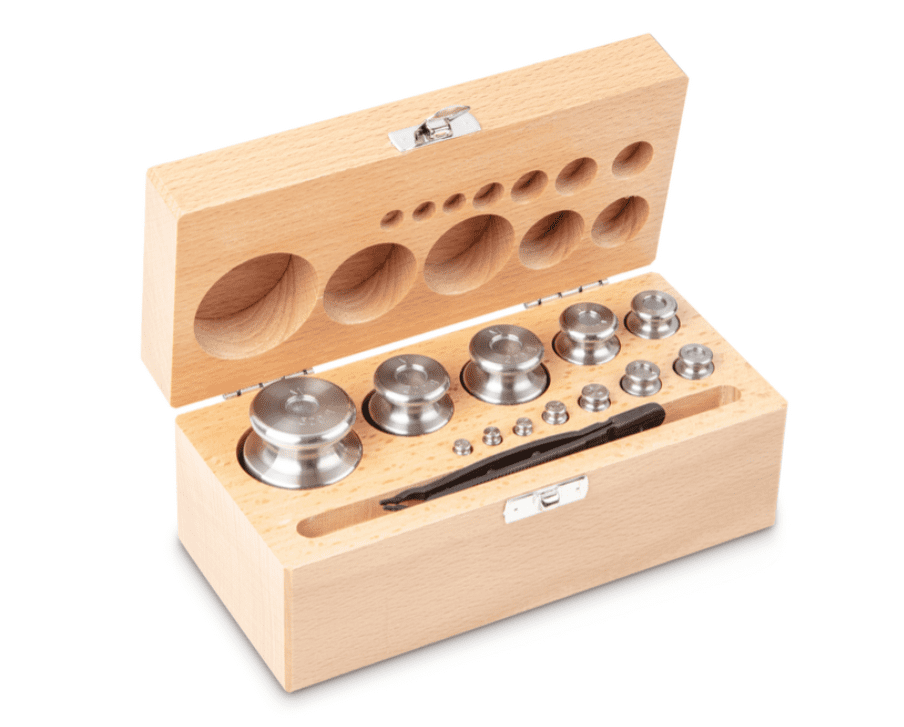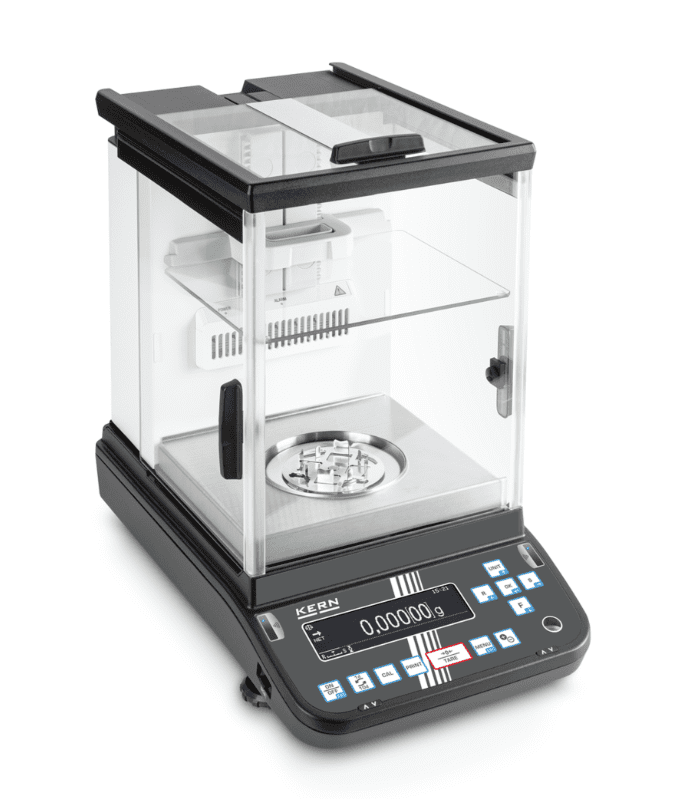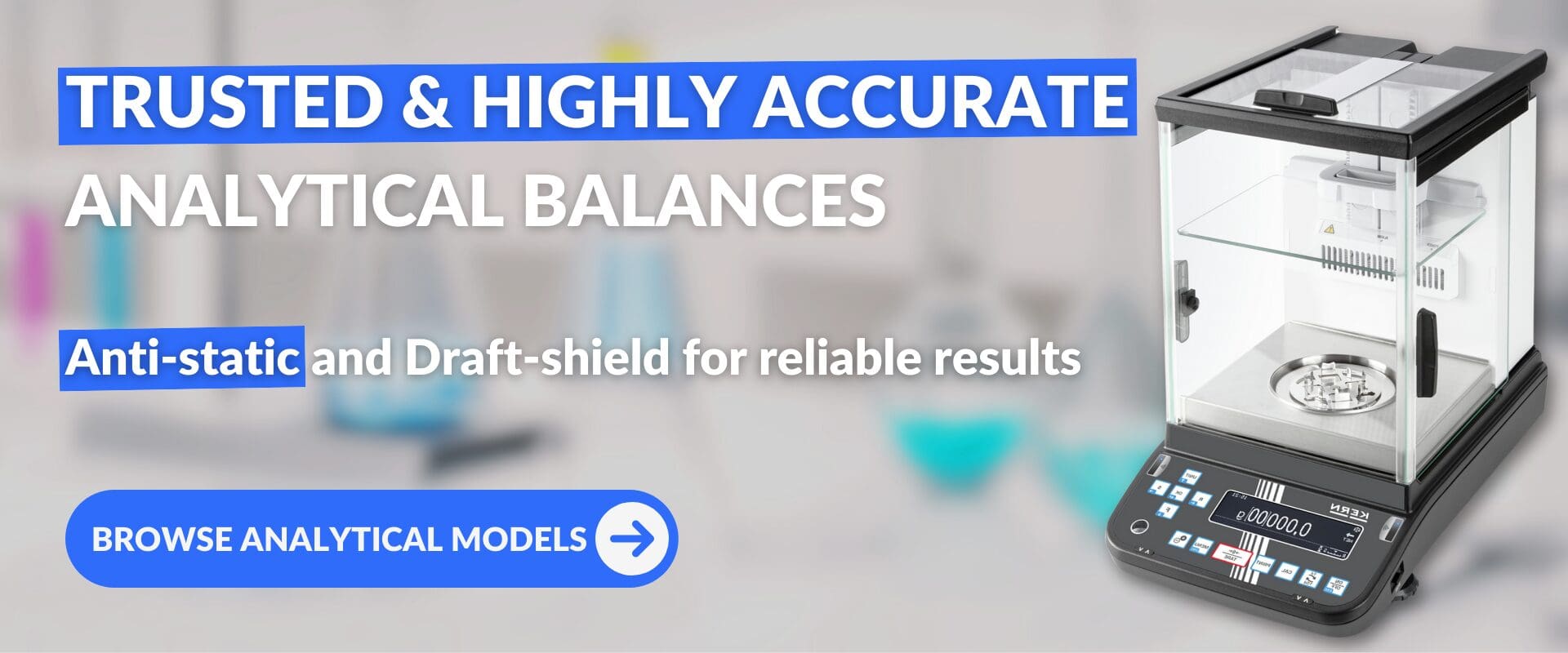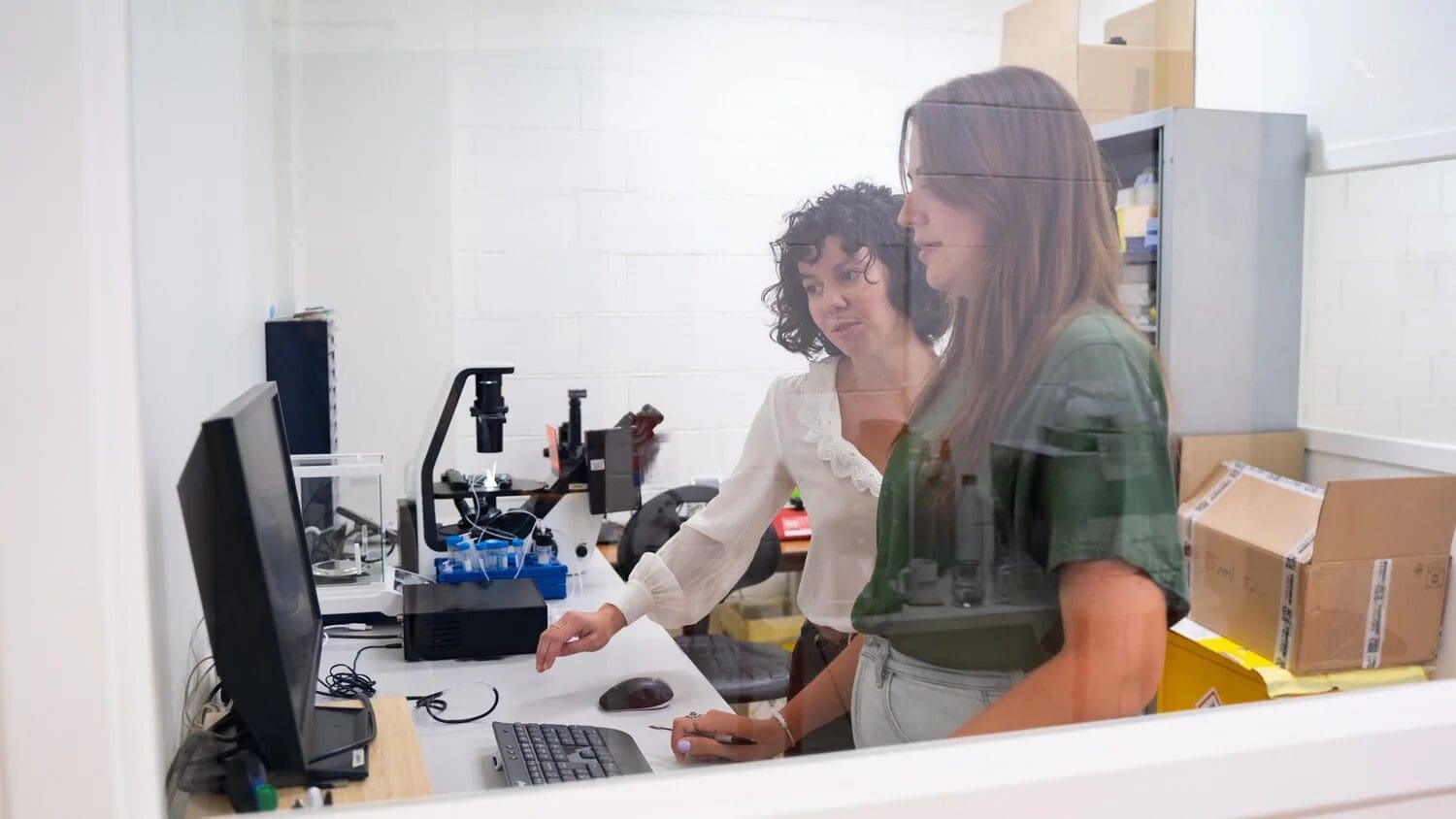Analytical balances are essential tools in every laboratory where high-precision measurements are required. Whether you’re working in pharmaceuticals, material science, or microfluidics, even the smallest deviation in weight can lead to significant errors. That’s why regular calibration is critical to ensure reliable and accurate results.
In this blog article, we’ll explain how to properly calibrate an analytical balance.
What Is Calibration and Why Is It Important?
Calibration is the process of comparing the measurements of an analytical balance against a known standard—often certified weights—to ensure accuracy. In simpler terms, it shows how "close" your balance is to being correct. For example, if it reads 5.005 grams when it should read 5 grams, there’s a small inaccuracy that needs adjustment.
Over time, factors like temperature changes, humidity, and regular use can cause even high-precision balances to drift. That’s why regular calibration is essential—it helps detect and correct these deviations, keeping your measurements reliable, especially in applications where even minor errors can affect results.
Internal vs External Calibration
To calibrate an analytical balance effectively, it is important to understand the different types of calibration methods. These can be categorized into internal and external calibrations—each with its own advantages depending on your lab’s needs and equipment.
Internal calibration uses a built-in mechanism that adjusts the balance automatically. It’s quick, convenient, and typically activated with a single button press—ideal for routine checks or when saving time is important.
External calibration, on the other hand, relies on certified calibration weights. While it requires a bit more effort, it often offers greater accuracy and is essential for meeting strict regulatory standards or conducting highly sensitive measurements.
Preparation Before Calibration
Proper preparation is essential for accurate calibration. Before you begin, make sure the following conditions are met:
- Stable Environment: Place the balance on a level, vibration-free surface, away from air currents, direct sunlight, and temperature fluctuations.
- Clean Equipment: Gently clean the weighing pan and surrounding area to remove any dust, residue, or spilled materials that could affect the reading.
- Certified Weights: If you’re performing external calibration, have certified calibration weights on hand that match the balance’s required specifications.
- Warm-Up Time: If the balance was just turned on, allow it to warm up for a few minutes to stabilize its internal components.

Step-by-Step Calibration Guide
Once everything is set up, follow these steps to ensure accurate and reliable calibration.
Step 1: Confirm the Balance Is Ready
Before calibrating, double-check that the balance is clean and has completed its warm-up phase. Use the built-in leveling bubble and adjustable feet to ensure the balance is perfectly level—this is essential for accurate calibration.
Step 2: Perform Internal Calibration
If your balance supports internal calibration:
- Press the “Cal” or “Internal Cal” button.
- Wait as the balance automatically calibrates using its internal weight mechanism.
- Once complete, a message will appear on the display confirming successful calibration.
Internal calibration is quick and convenient—ideal for routine checks—but it’s still important to follow the process carefully.
Step 3: Conduct External Calibration with Weights
External calibration offers greater control and is often required when precision is critical or when meeting regulatory standards. To perform external calibration:
- Follow the instructions for your balance model to enter external calibration mode.
- Place the specified certified calibration weight(s) on the weighing pan when prompted.
- The balance will register the weight. Do not move or disturb it during this process.
- If additional weights are requested, repeat the process as needed.
- Once all weights are accepted, the balance will confirm successful calibration on the display.
Common Calibration Mistakes to Avoid
Even small oversights can lead to inaccurate calibration. Here are some common mistakes to watch out for:
- 🌡️ Skipping Warm-Up Time: Failing to let the balance reach thermal equilibrium can result in unstable or incorrect readings.
- ⚖️ Using Non-Certified Weights: Always use certified calibration weights. Inaccurate or worn weights defeat the purpose of calibration entirely.
- 🪟 Ignoring Environmental Conditions: Drafts, vibrations, and temperature changes can all interfere with balance stability. Calibrate in a controlled, stable environment.
- 🎢 Calibrating on an Uneven Surface: An unlevel balance leads to skewed results. Always check and adjust the leveling bubble before starting.
- 🧤 Handling Weights with Bare Hands: Oils and residues from your fingers can alter the mass of calibration weights. Use tweezers or gloves to keep them clean.
How Often Should You Calibrate Your Balance?
The ideal calibration frequency depends on several factors. While there’s no one-size-fits-all rule, consider the following:
- Usage Frequency: If the balance is used daily—especially for high-precision tasks—it should be calibrated daily or before each use.
- Regulatory Requirements: Some industries (e.g., pharmaceuticals or labs under various standards) require calibration at specific intervals. Always follow applicable guidelines.
- Measurement Criticality: The more critical the measurement, the more frequently calibration should be performed.
- Environmental Conditions: In areas prone to temperature shifts, vibrations, or humidity changes, calibrate more frequently to maintain accuracy.
To ensure traceability and compliance, maintain a calibration log. Include details such as the date, time, balance ID, calibration type (internal or external), weights used, results, etc. This documentation is essential for audits, quality control, and long-term maintenance tracking.
💡 Conclusion
Calibrating your analytical balance is crucial for maintaining accurate, reliable, and compliant measurements. Whether you opt for internal or external calibration, consistency and attention to detail are key. By adhering to proper procedures and avoiding common mistakes, you can ensure that your balance continues to be a trustworthy tool in your lab work.
Stay tuned for more insights into analytical balances, weighing techniques, and practical tips for precise measurements. Until then, ditch the spam, weigh the right gram ⚖️!
📧 If you have any questions or feedback, please feel free to contact us at contact@darwin-microfluidics.com.



